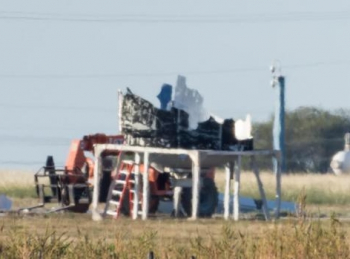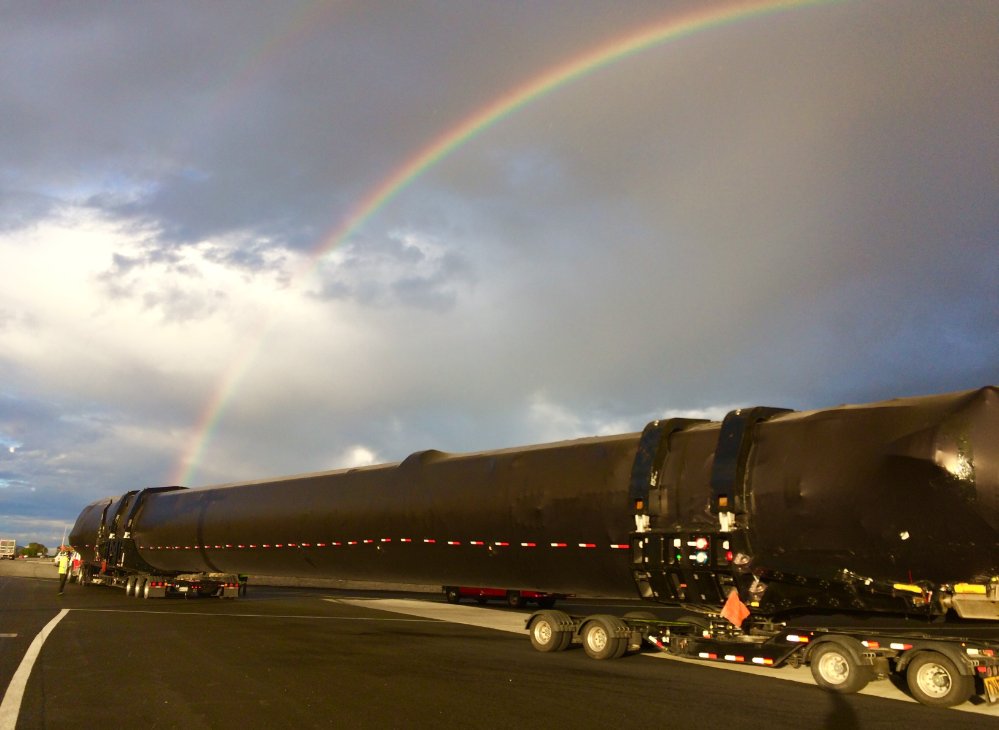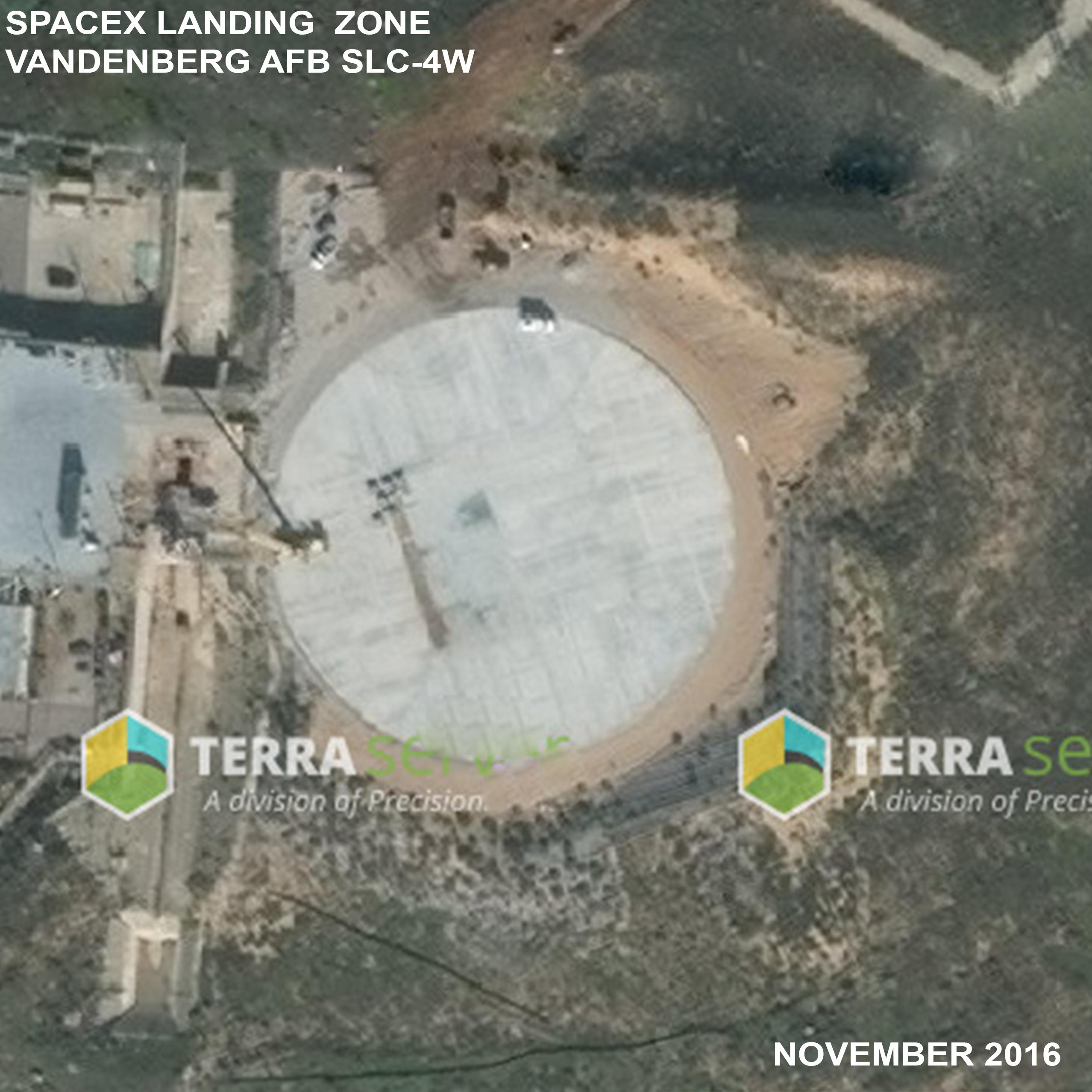- Joined
- Jan 17, 2009
- Messages
- 5,204
- Reaction score
- 1,547
Gwynne Shotwell, president and Chief Operating Officer of SpaceX, was recently asked this:
Her reply:
So, they think it was one of the Helium tanks inside of the 2nd stage that “let go” inside of the tank. In the video cam image below of a Falcon 2nd stage in mid-burn (some of the Lox consumed), there are three COPV helium tanks (black) visible along the sides.

What they still do not know is WHY it let go, the root cause. Whether some manufacturing defect, assembly problem, or something else such as filling process that might have gone badly for some reason (such as overpressurizing or something out of sequence). There was some unusual “harmonic” detected during the filling process which may or may not be a clue.
On Sept. 1 it wasn’t clear whether the cause lay in the ground support equipment, or inside the rocket. You have made the determination that it was inside the rocket and not some procedure during preparation for the static test?
Her reply:
We believe that the composite over wrapped pressure vessel [the helium bottle], known as a COPv, let go in the tank. What caused it, the exact reason it let go, we’re still investigating. I don’t believe it was a ground system cause, but we’re still looking at the data.
So, they think it was one of the Helium tanks inside of the 2nd stage that “let go” inside of the tank. In the video cam image below of a Falcon 2nd stage in mid-burn (some of the Lox consumed), there are three COPV helium tanks (black) visible along the sides.

What they still do not know is WHY it let go, the root cause. Whether some manufacturing defect, assembly problem, or something else such as filling process that might have gone badly for some reason (such as overpressurizing or something out of sequence). There was some unusual “harmonic” detected during the filling process which may or may not be a clue.
Last edited:






 :eyeroll:
:eyeroll:
